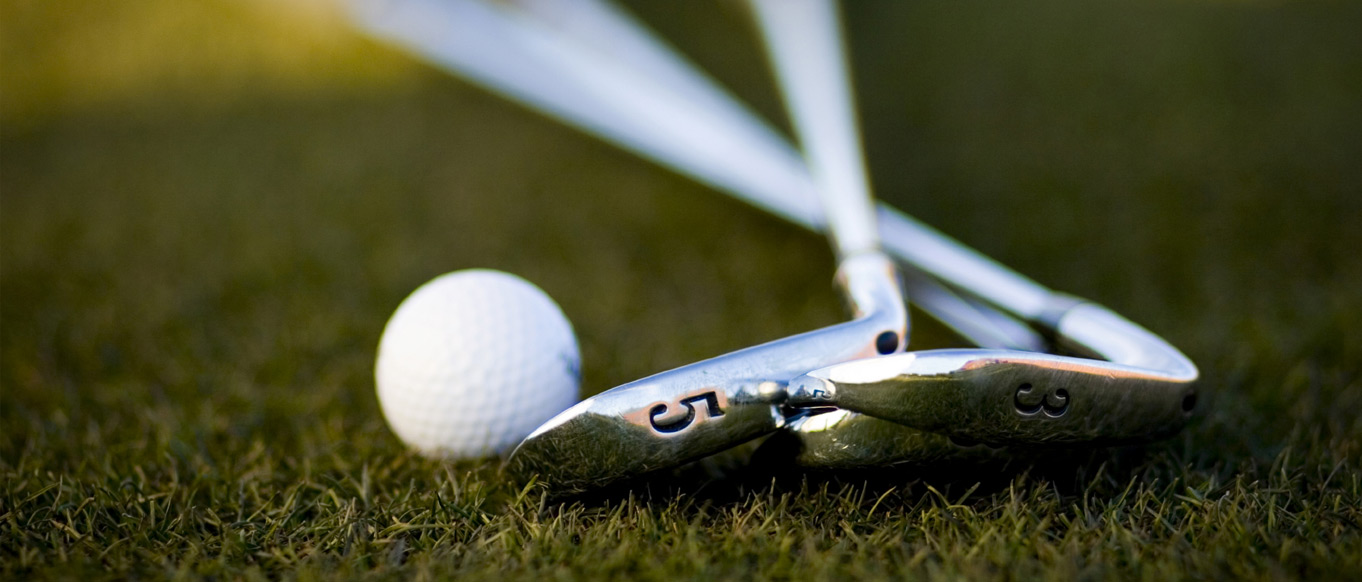

These articles are meant to motivate the golfer to research and educate themselves on that piece of equipment they are physically attached to during the game. One integral component, that could be discussed for days, is the club shaft; some call it the ‘transmission’ of the club. Due to the limited length of these articles, this part barely scratches the surface of golf shafts.
Q: OK, let’s get to the next part of the golf club, the shaft. We have discussed grips, heads, what determines which shaft should be used for each golfer? And with that shaft, what flex is used? How important is it?
A: The shaft is the most important component of a golf club. We mostly use ball flight as a critical input of the type of shaft to assign. When it is not matched to the golfer, severe inconsistency will result in their shots. I know you have played with some clubs where the shaft is either too stiff, or too flexible. What happens is you try to make the shaft work to feel right, by swinging too fast or too slowly. And when a golfer must consciously, or sub-consciously, change their swing to make the ‘shaft feel’ match what they want the ‘bend feel’ to be, inconsistency will result. The fitter will put a shaft in your hands matching YOUR swing, for weight, flex, bend, torque, length; one less thing to think about.

Q: What is flex, torque, kick point, bend point, frequency?
A: Look, all of those are simply definitions, and would take an entire article for me to describe. I suggest that the golfer goes online, maybe start at USGA site, or ask.com, and read up on these terms. I am sure some questions will come up in his mind, but certainly he ends up being much better educated and informed. It is enough to say that a fitter would best match those variables in to the component for the golfer, given the data collected during the fitting analysis.
Shebylo: That’s right. Even for this interview, when online, I was overwhelmed by all the data and information that is out there. But now I at least know how you can apply it during your fitting.

Q: What about the difference of steel to graphite shafts?
A: Weight difference is the biggest, and better vibration dampening with graphite. Steel shafts are typically heavier. Graphite, although lighter, can be cost prohibitive, but provide a wider array of solutions for different swing types.
Q: When I go to look at, or buy a set of clubs, how do I know what the quality of shafts are in the club?
A: You don’t. It is important for you to know enough about shafts to confirm the information that is being provided. If any doubt, ask questions to your satisfaction.
Q: Is there a good rule of thumb a golfer can use if he has to choose a shaft during an impulse buy?
A: Without having gone to a fitter, the golfer’s specs are not known, and therefore you do not know what to look for in the shaft. If you think I am promoting club fitting, you’re right. If a decision has to be made on the spot, you should choose the one that feels the best.
Thanks Don.
Those are all good comments and ideas. I think it is a good idea to do some research online. There are certainly more questions that need answers. It definitely got me feeling more intimate with my clubs.









